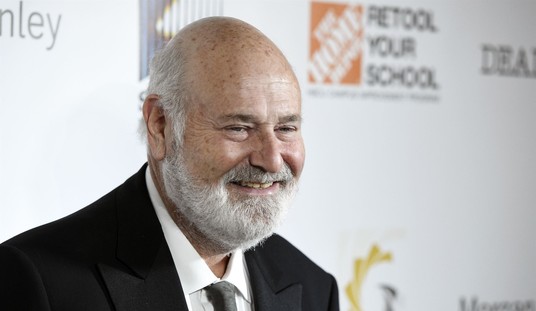Henry Kempe, a Denver pediatrician, realized in the 1960s that some of the children and infants who came to his hospital with severe injuries were being maltreated by their parents or caregivers. The bad news spread quickly round the world and bureaucratic agencies were set up in almost all developed countries to try to rescue children from such abuse.
Are these agencies successful in their efforts? This is the question that a long paper in a recent edition of The Lancet sets out to answer.
It is a formidably difficult question to answer for a number of reasons. Among them is the tendency for social problems to appear more common as agencies are set up to tackle them (few agencies ever dissolve themselves because the problem they were set up to tackle has been solved).
Moreover, the definition of the problem changes over time – usually in the direction of expansion. Child abuse started out as fractured legs and broken skulls, and has ended up as assaults on self-esteem.
To avoid definitional problems, the authors of the paper compared rates of violent death and non-accidental injury of children over time in several different countries or provinces: Sweden, 20 states of the U.S., England, Western Australia, New Zealand, and Manitoba, Canada. They took these measures because they reasoned that they were comparatively trustworthy and unsusceptible to diagnostic fashion.
They found that in most countries neither the death rate nor the rate of non-accidental injury had fallen; only the death rate in Sweden and Manitoba had fallen, but not the rates of non-accidental injury.
The authors came to the conclusion that the agencies to protect children had made little difference either to the relative or absolute levels of maltreatment. They came to this conclusion because the rate and type of intervention made by the agencies varied widely between the countries, yet the pattern of an unchanging level of violence was the same in each. It is startling that in some jurisdictions as many as a quarter of children will at some time be the object of the agencies’ attention.
Of course, we don’t know what the situation would have been without the child protection agencies, and it is not easy to imagine how the public authorities could simply ignore child abuse once it came to their knowledge. It is known that step-parents are much more likely to abuse their children than biological parents. If, therefore, step-parenthood had become a more common relationship over the years, it might have cancelled out or overwhelmed any positive effect of the child protection agencies.
Of all the countries examined, Sweden has the lowest level of child abuse as measured by the rate of violent death and non-accidental injury. The authors suggest that this is because of the country’s low level of child poverty (actually they mean high level of economic equality, since child poverty is usually defined as a child living in a household whose income is less than 60 per cent of the median household income), and also its system of prolonged, fully-paid parental leave.
Other explanations spring to mind, however. Sweden also has the lowest per capita consumption of alcohol of any of the countries studied, and it is no secret that parents who drink a lot are more likely to abuse their children. The consumption is low in Sweden largely because the price is so high, thanks to heavy taxation.
Consumption of illicit drugs – also associated with child abuse – is also the lowest in Sweden. Libertarians will be upset to learn that this is because Sweden has the most repressive drug control in Europe, directed as much at demand as at supply; but they can take refuge, I suppose, in the fact that most parents do not abuse their children, and that the avoidance of harm is not the only aim of human existence. Few questions admit of a final and indubitable answer that everyone will accept.









Join the conversation as a VIP Member